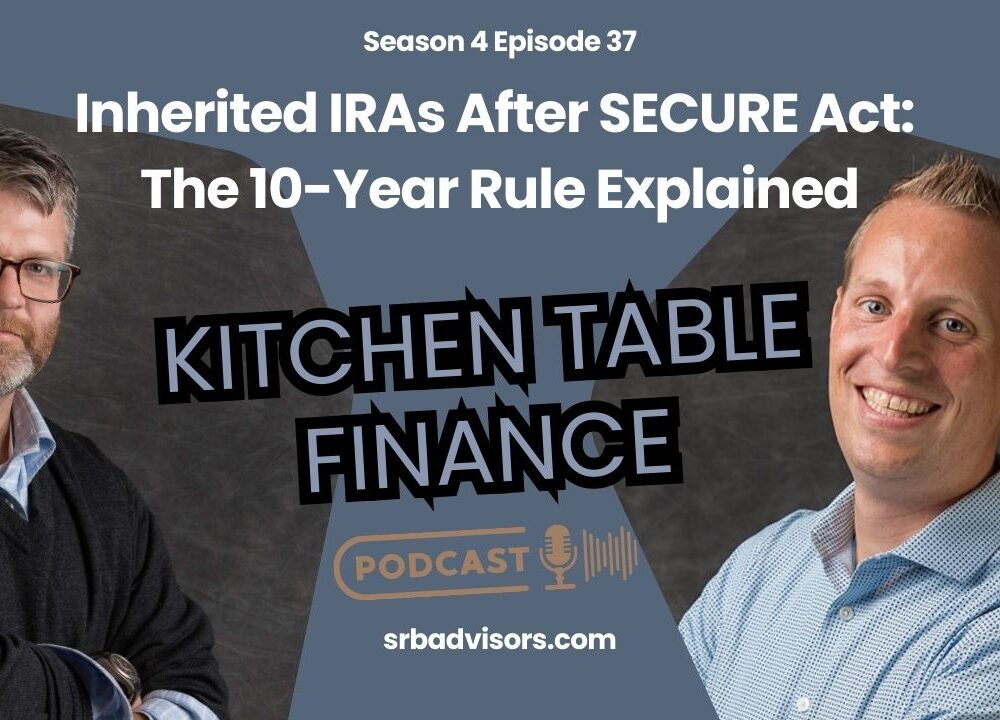529 College Savings Plan Basics

If you are putting away funds dedicated to your child’s higher education expenses, a 529 College Savings Plan is tough to beat. These plans allow parents and grandparents to put away funds for a child’s education, and the growth on the account is tax-free when used to pay qualified education expenses.
In some respects, a 529 College Savings Plan looks and feels like a retirement account. Most include a basic set of investment options. You make deposits to the account on your own schedule. Each state has its own 529 College Savings Plan, so the details may vary, but contribution limits are usually quite generous, and there is no limit to contributions based on household income.
How a 529 College Plan Works
Here are the highlights of how a 529 College Savings Plan works:
- The parent or grandparent is usually the owner of the 529 plan and the student is the beneficiary of the account. The owner retains control of the funds and can change beneficiaries to a different family member, even to themselves, if the original beneficiary doesn’t need the funds.
- The definition of qualified education expense is very broad and can include most legitimate student-related expenses, from tuition, room, board, and books to computers and printers. The funds can be used at most post-secondary schools. While every state has its own 529 plan, you are not restricted to using the account for in-state schools.
- The funds grow tax-deferred, like an IRA, and distributions are tax-free if the funds are used for qualified education expenses. The contributions are not deductible for federal tax purposes, but some states allow a deduction against income tax if you use your state’s plan (Michigan allows up to a $10,000 / year deduction against Michigan income tax).
- The funds can be used by any family member. If the original beneficiary does not use all the funds in his or her account, the beneficiary can be changed to siblings, parents, aunts, uncles, or even cousins.
- Anyone can contribute to a 529 plan once it is established. Parents will often open an account for their children, but grandparents, aunts, and uncles can add funds as well. Some plans allow you to print gift certificates showing that you contributed to a student’s fund for birthdays or Christmas.
- Note that parent–owned 529 plans are treated as a parent-owned asset for federal financial aid purposes, while 529 plans owned by grandparents or others are treated as income to the student when distributed. For students who might be eligible for financial aid, it can be beneficial for their parents to own the account rather than a grandparent or someone else. In general, students are almost always better off having savings, regardless of who owns the account, but federal aid is complicated so talk about the pros and cons of different approaches with an advisor.
- If the funds are not used for education, it is not the end of the world. If you take a non-qualified distribution from a 529 plan, you will need to pay income tax plus a 10% penalty on the earnings. Note, however, that the amount you put in the account as contributions are tax-free and penalty-free, regardless of how they are used. Only the growth is taxed or penalized. However, there is no time limit for using 529 plans, so they can be left for future education needs, and the beneficiary can be changed to a family member who can use them.
- The Secure Act added the ability to use 529 plan funds to pay off student loan debt, up to $10,000 per beneficiary.
- Opening a 529 Plan is usually quick, easy, and cost-effective. The Michigan 529, called the Michigan Education Savings Plan (MESP) can be opened online at www.misaves.com. The owner will need to provide their Social Security number, address, and date of birth, as well as the beneficiaries’ information. You can start an account with as little as $25. The MESP uses inexpensive no-load mutual funds that are very cost-effective. Be aware that many states, including Michigan, also offer a “broker–sold” plan that uses more expensive funds.
- In the case of the MESP, the investment options are very simple and include a guaranteed option and age-based options. For most clients, I recommend the age-based options, which will start out taking more risk for a young beneficiary, but automatically become more conservative as the beneficiary approaches college age.
If you would like more information on opening a 529 account please contact us. We’d be happy to answer your questions.
Call us at 517-321-4832 or email info@srbadvisors.com.
About Shotwell Rutter Baer
Shotwell Rutter Baer is proud to be an independent, fee-only registered investment advisory firm. This means that we are only compensated by our clients for our knowledge and guidance — not from commissions by selling financial products. Our only motivation is to help you achieve financial freedom and peace of mind. By structuring our business this way we believe that many of the conflicts of interest that plague the financial services industry are eliminated. We work for our clients, period.
Click here to learn about the Strategic Reliable Blueprint, our financial plan process for your future.
Call us at 517-321-4832 for financial and retirement investing advice.
Share post:
